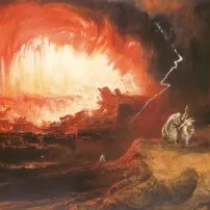 1789 - 1854
romanticism
1789 - 1854
romanticism
Description John Martin
John Martin, a visionary artist of the 19th century, left an indelible mark on the world of art with his grandiose and apocalyptic works. Born on July 19, 1789, in the rural town of Haydon Bridge, Northumberland, England, Martin's life and art were characterized by a relentless pursuit of the sublime.
From an early age, Martin displayed a prodigious talent for art. He received basic artistic training in Newcastle, but his true education came from his insatiable curiosity and a voracious appetite for literature and science. These interests would later find expression in his art.
Martin's artistic career gained momentum when he moved to London in the early 1810s. His early works were characterized by detailed landscapes and scenes of rural life, but it was his shift towards epic and biblical subjects that would define his legacy. His paintings often featured cataclysmic events, biblical stories, and dramatic landscapes.
One of Martin's most iconic works is "The Great Day of His Wrath," a monumental depiction of the apocalypse. This painting, along with others in the series, showcased his ability to evoke a sense of awe and terror in viewers. His use of dramatic lighting and immense scale added to the overwhelming impact of his works.
Throughout his career, Martin faced both admiration and criticism. His grandiose style was lauded by some as a testament to the power of the human imagination, while others saw it as overly theatrical. Nevertheless, he attracted a devoted following, including prominent figures like Charles Dickens and Alfred Lord Tennyson.
Beyond his art, Martin was a complex figure. He was deeply spiritual and often infused his work with religious symbolism. His fascination with science and technology also manifested in his art, with depictions of futuristic machinery and architectural marvels.
John Martin's impact extended beyond his paintings. He pioneered the use of mezzotint engraving to reproduce his works, making them accessible to a wider audience. He also ventured into theatrical productions, creating elaborate stage designs for plays and operas.
As the 19th century progressed, Martin's style fell out of favor, and he faced financial difficulties. He spent his later years in poverty and passed away on February 17, 1854, in Douglas, Isle of Man.
In retrospect, John Martin's art continues to captivate and inspire. His ability to conjure the epic and the sublime, his fusion of art and science, and his unbridled imagination have left an enduring legacy in the annals of art history.
Gallery
Paintings John Martin
Quotes
Give the paint a chance. Give the brush a chance.
How to paint the landscape: First you make your bow to the landscape. Then you wait, and if the landscape bows to you, then, and only then, can you paint the landscape.
Painting is like Golf, the fewer the strokes I take, the better the picture.
Art is not great. Music is not great. It's just that they tickle us. When one steadfastly refuses greatness - then and then only can the wonderful thing we call art be created.
Don't everlastingly read messages into paintings - there's the Daisy - you don't rave over or read messages into it - you just look at that bully little flower - isn't that enough?
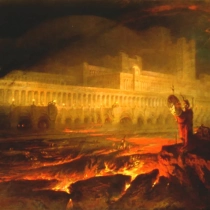


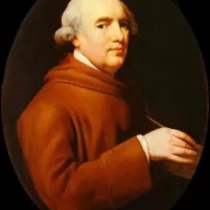

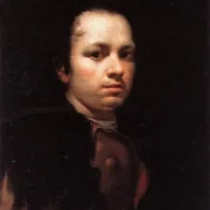

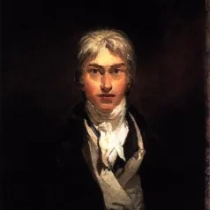
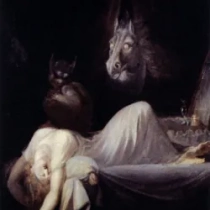






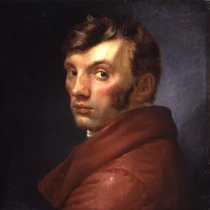



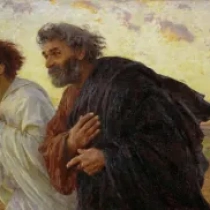
No Comments Yet...